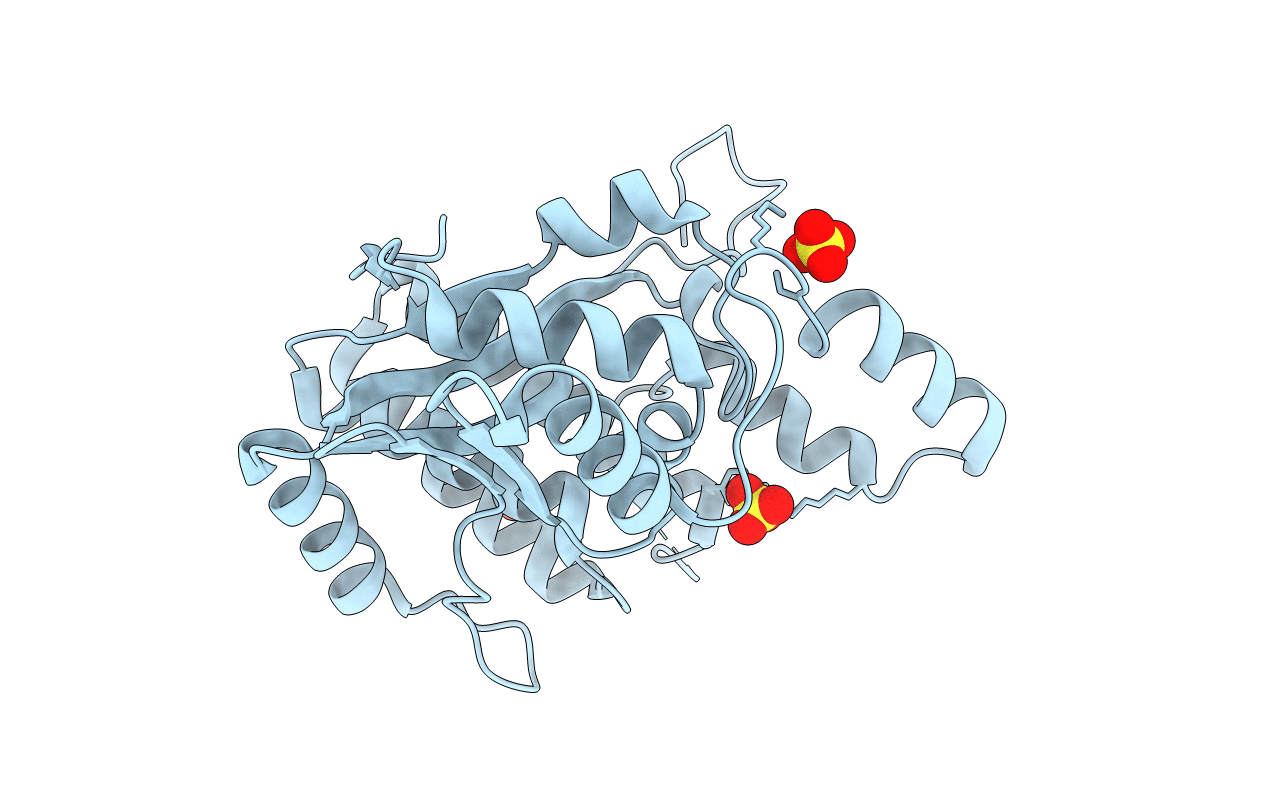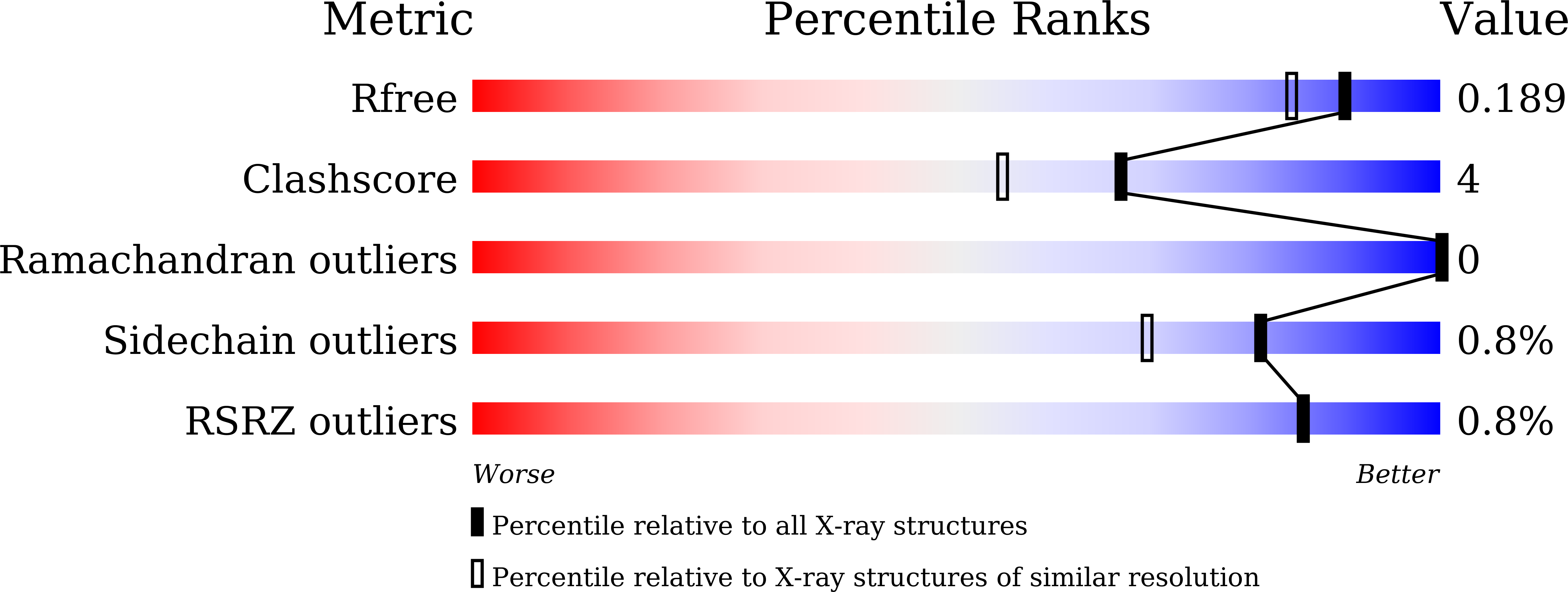
Deposition Date
2020-01-14
Release Date
2020-10-07
Last Version Date
2024-10-09
Entry Detail
Biological Source:
Source Organism:
Human gammaherpesvirus 4 (Taxon ID: 10376)
Host Organism:
Method Details:
Experimental Method:
Resolution:
1.60 Å
R-Value Free:
0.18
R-Value Work:
0.16
R-Value Observed:
0.16
Space Group:
P 21 21 2


